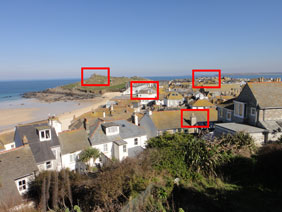Sony Cyber-shot DSC-TX7
-
-
Written by Gordon Laing
Sony Cyber-shot DSC-TX7 vs Canon Digital IXUS 210 / PowerShot SD3500 IS Real-life resolution
Sony Cyber-shot DSC-TX7 |
Canon IXUS 210 / PowerShot SD3500 IS | |
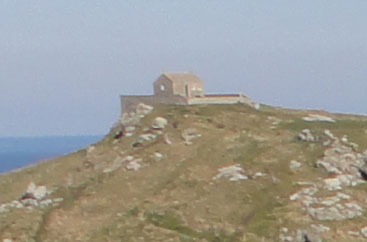 | 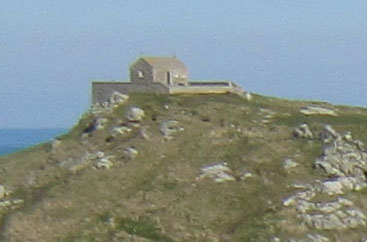 | |
f6.3, 125 ISO |
f4, 80 ISO | |
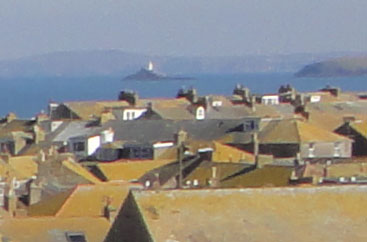 | 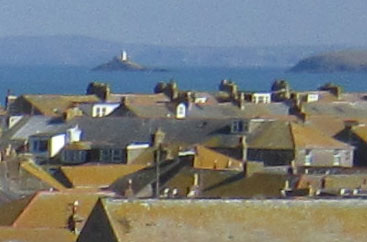 | |
f6.3, 125 ISO |
f4, 80 ISO | |
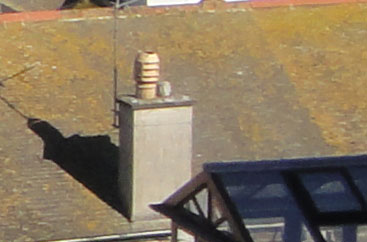 | 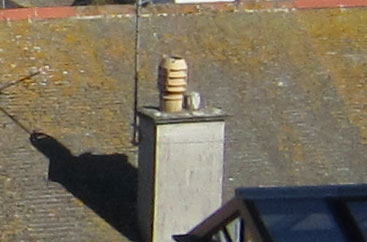 | |
f6.3, 125 ISO |
f4, 80 ISO | |
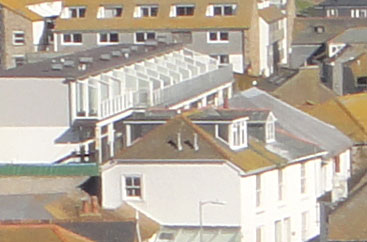 | 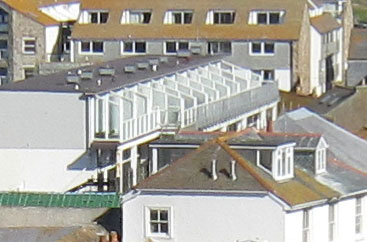 | |
f6.3, 125 ISO |
f4, 80 ISO |
The above image was taken with the Sony Cyber-shot DSC-TX7 in Program Auto mode. The lens was set to 4.43mm (25mm equivalent) and the metering selected an exposure of 1/500th of a second and f6.3 at 125 ISO. The original 3648×2736 pixel image had a file size of 4MB. The crops are taken from the areas marked with the red rectangles and presented here at 100%. Overall, the Cyber-shot TX7 image looks good. It’s well exposed and the colours look natural, if a little subdued. There’s a slight red bias to this shot which isn’t severe enough to call a cast, but the TX7 looks to favour a warmer rendition of colours, at least in bright sunny conditions like this. Looking at the 100% crops, the most noticeable thing is that image detail is very soft. In the first crop it’s usually possible to make out the crosses at either end of the chapel roof, but here, they’re not visible and the detail in the rocky outcrops on the hill is not very well defined either. In the next crop the lighthouse is quite well defined, but detail everywhere, most noticeably in the foreground roofs is soft. It’s the same story on the third crop where you’d expect to see more detail in the roof tiling than the TX7 is delivering. Other than the overall softness of these crops, there’s little else to criticize. Things don’t get noticeable worse at the edge of the frame and there’s only the tiniest hint of fringing caused by Chromatic aberration. Compared with the crops from the Canon IXUS 210 / PowerShot SD3500 IS, the colour cast and lack of definition in the Cyber-shot TX7 crops is clear to see. Compare the detail in the second crop along the ridge of the roof in the foreground and the chimney of the building just to the left of it. And in the third crop look at how much detail the IXUS 210 / PowerShot SD3500 IS picks up in the roof tiles compared with the Cyber-shot TX7. If you still need convincing, look at the green roof in the bottom left corner of the fourth crop. The vertical struts in the IXUS 210 / PowerShot SD3500 IS crop are barely discernible in the Cyber-shot TX7 crop. Note the absence of fine noise grain on the Sony samples compared to the Canon – this is more down to differences in noise reduction strategies than a cleaner signal from the TX7’s sensor. If you like Sony’s smooth approach to image processing, you may prefer its output below, but it’s definitely smearing-out some of the finest details, and this can prove problematic at higher sensitivities. Speaking of which, let’s now see how each camera performs throughout their sensitivity ranges in our Sony Cyber-shot DSC-TX7 High ISO Noise results. |

